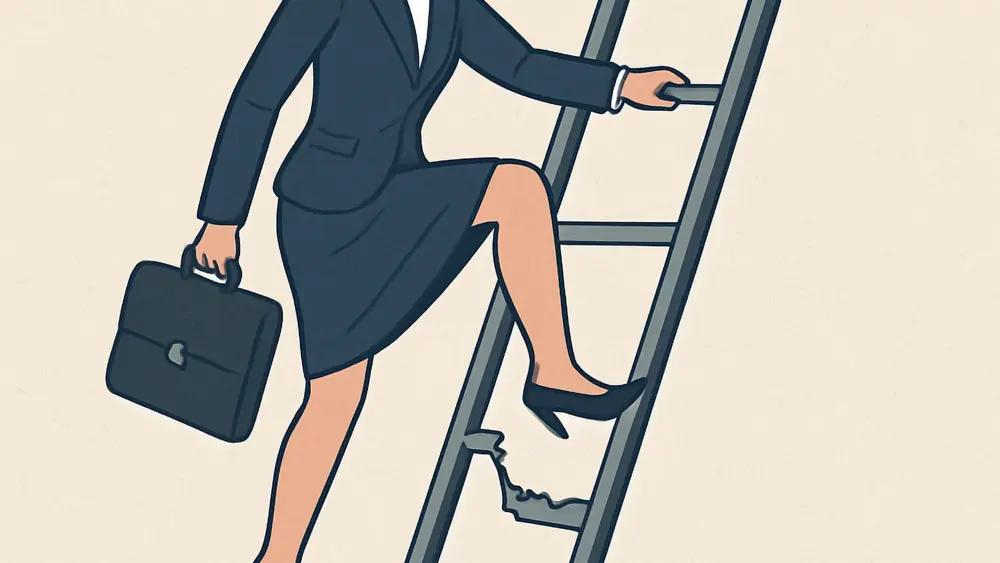
- File under: flushing your money away. One 2016 holiday shopping survey conducted by a major online payments service found that 22% of respondents did a portion of their seasonal gift buying while on the toilet, according to mentalfloss.com.
- Aghast when stores hang their holiday décor before Black Friday? Or, good grief, before Halloween? Get used to it. At least 38% of U.S. consumers reported stocking up on gifts in October and another 23% before Thanksgiving, according to Statista. (Only 22% said they’d hold off to Thanksgiving before filling Santa’s bag.)
- Like in a scene from an O. Henry story, 14.2% of Americans say they sell their possessions to fund Christmas spending, according to CensusWide. Worse, 4.2% will take out a loan to cover their many stocking stuffers.
- The top-selling gifts for kids in 2020, reported the National Retail Federation, were Barbie products for girls and LEGO kits for boys. LEGO also showed up as fourth on the list for girls, one of only two toys to make both tallies. The other was Sony Playstation.
- Shopping, analog-style: In-store holiday shopping is expected to increase by nearly 8% this year, according to Yahoo!News. The predicted uptick is due to a rise of in-store-only promotions and discounts.
- Don’t procrastinate on those returns, finicky gift-getters. Yahoo!News reports that, with holiday returns climbing steadily in recent years—combined with the cost of goods rising from inflation–outlets such as Gap, Old Navy and J. Crew are limiting return windows to a month. Others, like REI, LL Bean and Anthropologie are charging a $6 fee for mail-in returns.

Mary Todd Lincoln was thought to suffer from oniomania. - The psychological term for compulsive shopping is “oniomania”—derived from the Greek words “onios” (for sale) and “mania” (insanity). Mary Todd Lincoln was said to have been a sufferer.
- Stores with widened aisles are often looking to avoid the “Butt Brush Effect,” a term coined by retail consultant Paco Underhill to describe the phenomenon of shoppers moving away from merchandise they’re interested in, if it’s in a crowded space where they might be brushed from behind by another shopper.
- You can’t put a price on love! Well, actually, you can: Americans spend an average of $123 on their spouses for Christmas, reports CensusWide.
- Humbug! CensusWide also reports that about 25% of Americans spend zilch on their adult children during the holidays; and 35.3% don’t buy anything for their friends. Meanwhile, 51% buy gifts for themselves.



